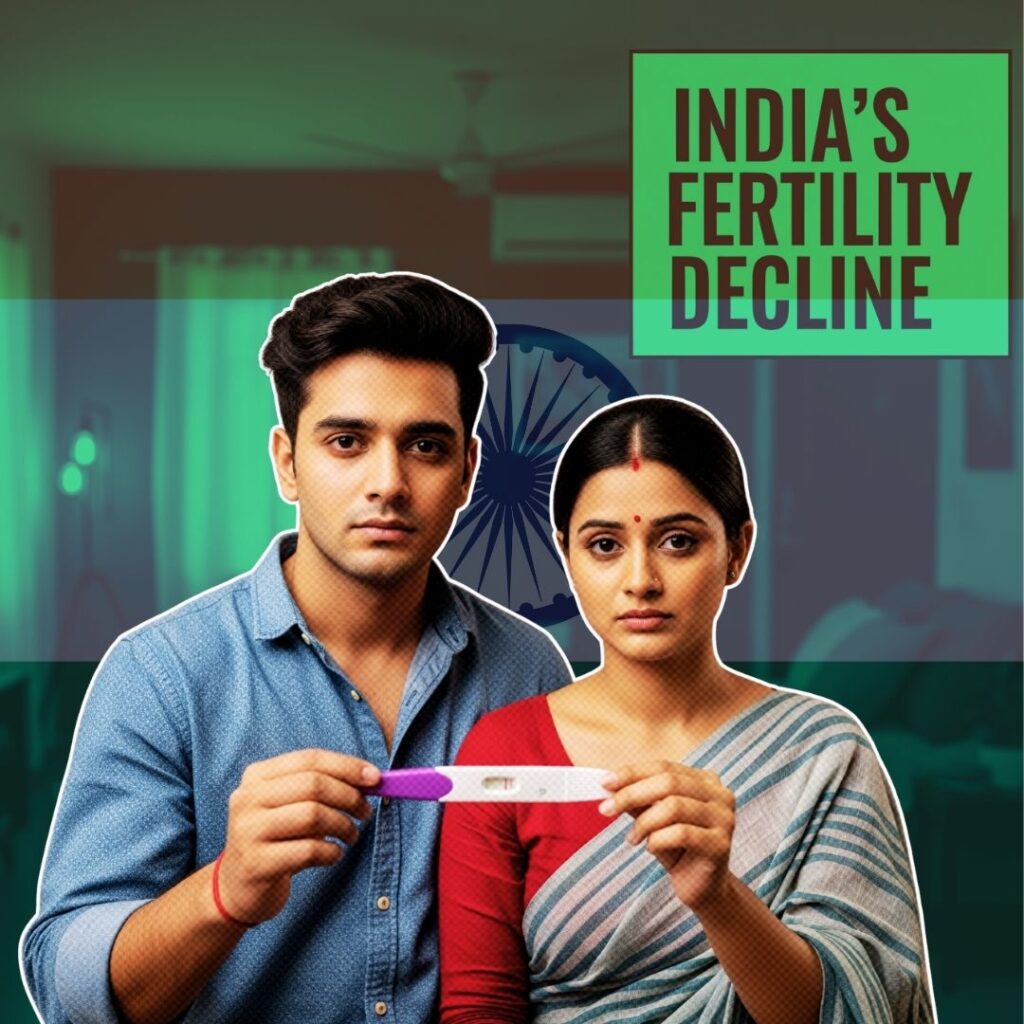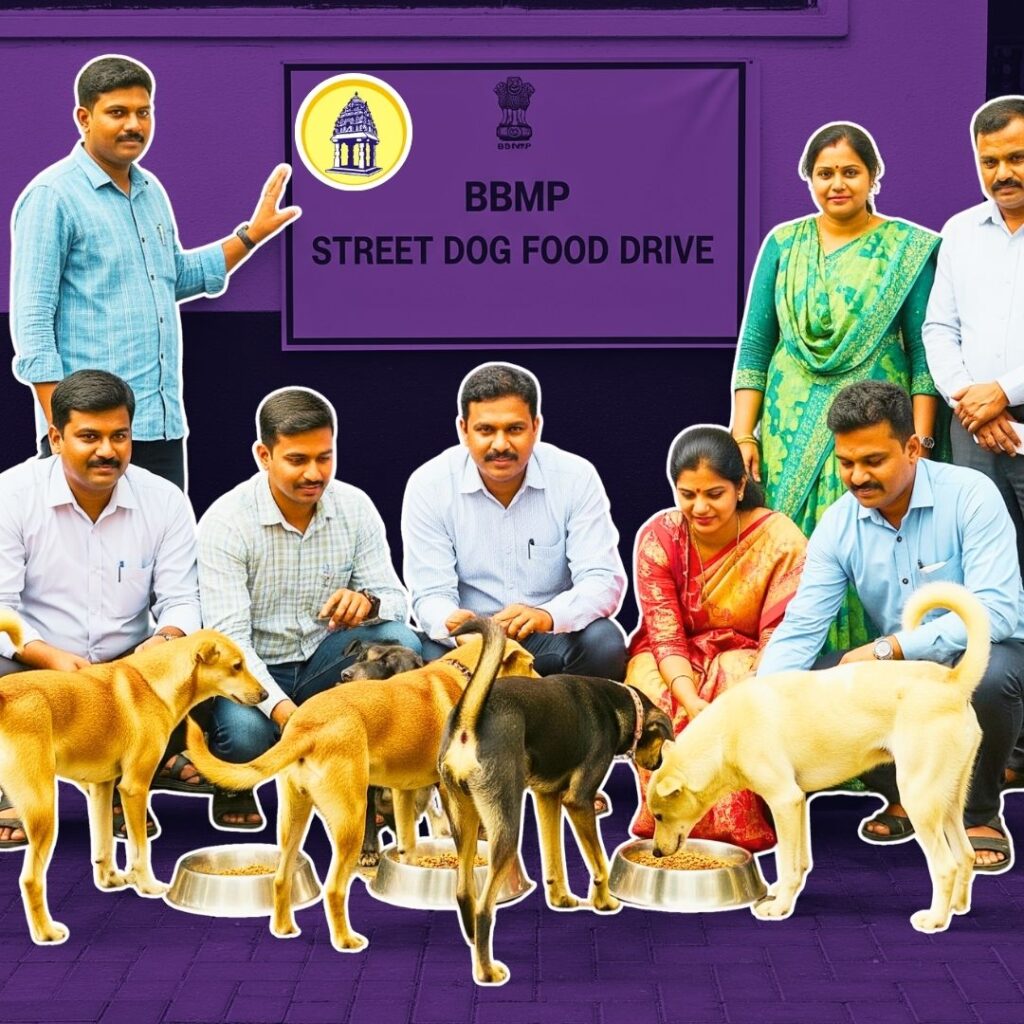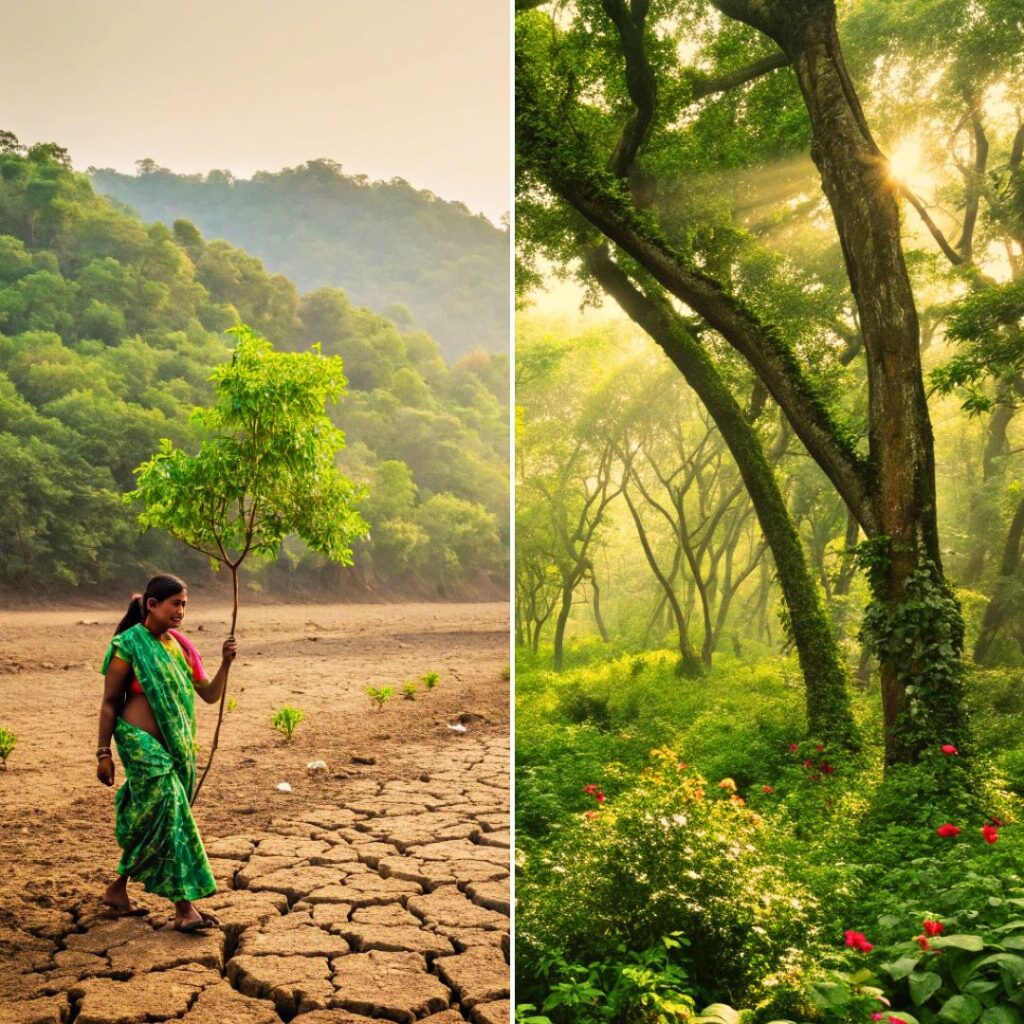The President of Indian Academy of Paediatrics, Dr M Venkatachalapathy, recently confirmed that 20% of deaths among children aged 5 or below are because of pneumonia. This is second behind neonatal deaths, which includes premature births, birth asphyxia and trauma.
Even on a global level, pneumonia was found to be a leading cause of child deaths. Therefore, prevention of Pneumonia is one of the Millenium Development Goals (MDGs) as outlined by the World Health Organisation. The goal is to reduce the under-five mortality rate by 2015.
 Understanding pneumonia in children
Understanding pneumonia in children
Pneumonia is an inflammatory condition of the lung that primarily affects the microscopic air sacs known as alveoli. The main symptoms of pneumonia include chest pain, a cough, fever, and difficulty in breathing. The cases range from mild to severe.
Mild To Moderate Cases
Pneumonia caused by certain bacteria like Mycoplasma pneumonia and Chlamydophila pneumonia results in milder symptoms, even in kids. This type of pneumonia, known as walking pneumonia, is prevalent among school-age children.
Kids with walking pneumonia may not feel sick enough to stay indoors, but they could have symptoms like a dry cough, low-grade fever and tiredness.
Viruses cause most cases of pneumonia in children between four months and five years of age. Affected children will experience symptoms associated with other illnesses, such as a sore throat, cough, low-grade fever, nasal congestion, diarrhoea, loss of appetite and lack of energy. This type of pneumonia is considered moderate level.
For both the above types, treatment is home care and antibiotics.
Severe Cases
Bacterial pneumonia is becoming increasingly common and can lead to meningitis, septicemia and in some cases, death
These types of pneumonia develop more abruptly than a virus and have symptoms like high fever, sweating, flushed skin, cough, wheezing, and difficulty in breathing.
Immediate hospitalisation is recommended for severe cases.
About 44% pneumonia cases worldwide are from India. This has prompted the World Health Organization to recommend inclusion of the Pneumococcal Conjugate Vaccine (PCV) into the national immunisation programmes. According to the WHO, this can prevent 3-5 lakh deaths.
Dr Srinivas S, vice-president, Indian Academy of Pediatrics said: “Respiratory diseases cause more deaths in children below five than diarrhoea. Among respiratory infections, pneumonia is responsible for approximately 90% of the deaths. India leads the chart for pneumonia incidence and mortality in the under-five age group.”
How is pneumonia diagnosed?
The doctor may be able to diagnose pneumonia by examination. The child’s oxygen levels will be tested using a pulse oximeter. If the child has low oxygen levels, the doctor may do any of the following:
A chest x-ray to obtain a picture of the lungs and heart Blood tests or a nasal swab to show the virus, bacteria, or fungus that caused pneumonia.
How can pneumonia be prevented?
For children who already have pneumonia, the general method of treatment is with antibiotics. Pollution, dust, especially cigarette smoke are very harmful. Anything that is an irritant to the lungs Smoke can make the coughing or breathing process worse.
The best method of prevention is the vaccination against diseases like the flu, pertussis, and pneumonia.
If there are people who are showing symptoms of having pneumonia, take them immediately to a doctor and keep children away from them. The symptoms to look for are a respiratory infection like a sore throat or a cough.
Teach proper hand wash techniques to the children to prevent the spread of germs.
Do not let the child share food, drinks, or utensils with others who are unwell, and also when they are sick.
Mothers are advised to breastfeed newborns and infants until at least six months of age so that they receive the necessary nutrients. After six months, this can be supplemented with other doctor recommended food. Giving right amounts of Zinc supplements also help in preventing the disease.
You can click on the image below to read a deatiled report.
Government Initiatives
The Government of India is training paramedical staff for early diagnosis and treatment of pneumonia through Acute Respiratory Tract Infections (ARI) control program. The Government of Delhi offers Haemophilus Influenzae type B (Hib) vaccine to each and every child free of cost. Unfortunately, it is not free nationwide. Moreover, few pneumococcal vaccines are expensive, and these are not in the government vaccination schedule.
Therefore, pneumonia remains a significant cause of child mortality in India.
With simple steps like vaccination, cleanliness, hygiene, diseases like pneumonia and diarrhoea can be prevented. The Primary and Secondary healthcare centres, and Government hospitals also provide Oral Rehydration Solution (ORS) with Zinc. And also nutritional supplements to new mothers and babies.
The Logi…











